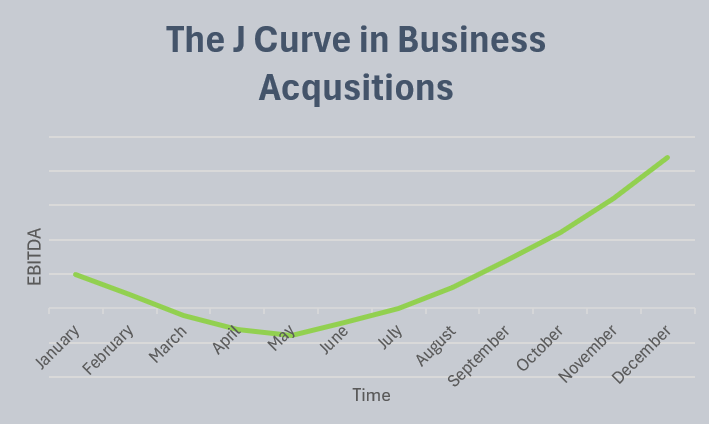Entrepreneurship Through Acquisition: Finding Your Right Industry
When you begin your journey toward buying a small business, it’s easy to get caught up in the latest trends, or to think you need to follow whatever the latest tech startup or industry favored by private equity is. The truth? Opportunity is everywhere. Right in your hometown, small business owners are running laundromats, roofing companies, bakeries, plumbing services – and generating wealth. They aren’t succeeding because they all got swept up in the latest industry hype: they’re succeeding because they chose the right business for their particular skill set.
Entrepreneurship Through Acquisition: Finding Your Right Industry Read More »










